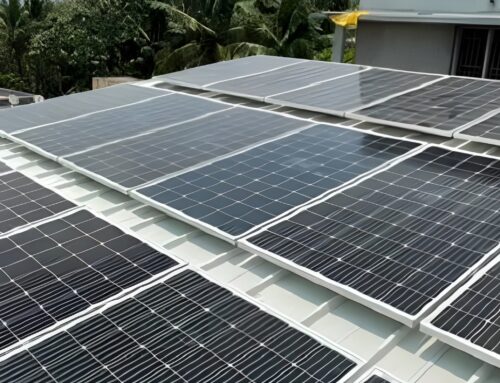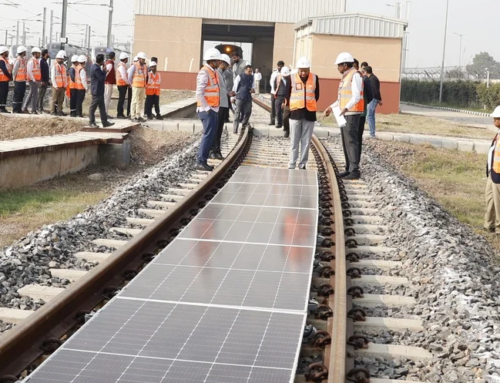Wind energy hubs off the coast of Tamil Nadu and perhaps, Gujarat, maybe on the agenda when high-level discussions between the two states happen soon.

India leads the International Solar Alliance (ISA), as part of the effort to fight climate change. Renewable energy, like solar energy, abundant in India and most other parts of the tropics, can help to cut down on fossil fuels, particularly coal and even, petroleum and natural gas. Solar energy is cheap and has the potential of becoming even cheaper with improved technology, particularly solar cells. It won’t run out– the Sun is expected to continue in its present form for billions of years– and it’s free. But there’s a problem: you can’t get solar energy at night. This is why you need what scientists call the “energy mix.”
Enter wind energy, which is already on the anvil. In his ‘virtual’ summit with Danish Prime Minister Mette Fredericksen on September 28, 2020, it was Prime Minister Narendra Modi who brought up the issue of wind energy, and Denmark’s plans to build the world’s first wind energy hub on an artificial island in the North Sea. The hub on the North Sea island and the other on the island of Bornholm in Denmark will have an initial installed capacity of 5,000 megawatts and it will go up to 12,000 MW in the future.
Wind energy hubs off the coast of Tamil Nadu and perhaps, Gujarat, maybe on the agenda when high-level discussions between the two countries happen soon. Initially expensive (building an off-shore wind farm could cost Rs 25 crore per gigawatt), but if there are economies of scale and over time, of course, costs drop dramatically.
A wind farm will take at least five years to develop, but every thousand megawatts could produce enough power for one million (or ten lakh) households. There is talk of a pilot project of about 200-500 megawatt but the costs are still prohibitive and a special purpose vehicle or SPV, sources said, could be an option. It would, sources added, have to be a public-private effort.
The automobile industry is big in Tamil Nadu. Wind energy could be the next big future. The blades for the modern windmills could be manufactured in India and exported to other parts of the world. Currently, they are made in South Korea, and manufacturing costs in India could be cheaper.
After the initial investments, admittedly huge, the advantage is the low cost of production of wind energy, and perhaps, even power exports. And of course, it means less use of fossil fuels and more renewable energy in a country where demand is rising every day and shows no signs of slowing down as in developed countries. Hydropower, though inexpensive, can be a concern, particularly in the mountainous areas, as the recent tragedy in Uttarakhand has shown.
Resource Times Now News
Click Here for more updates Ornatesolar.com



Leave A Comment